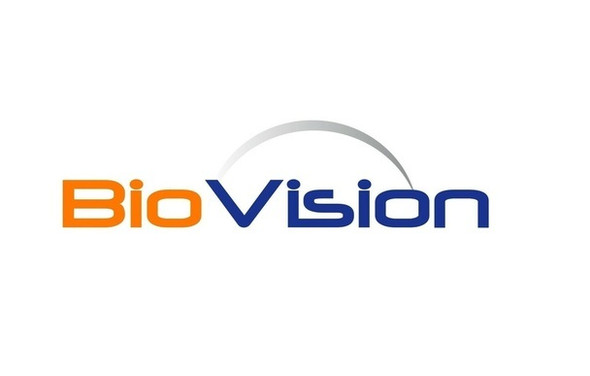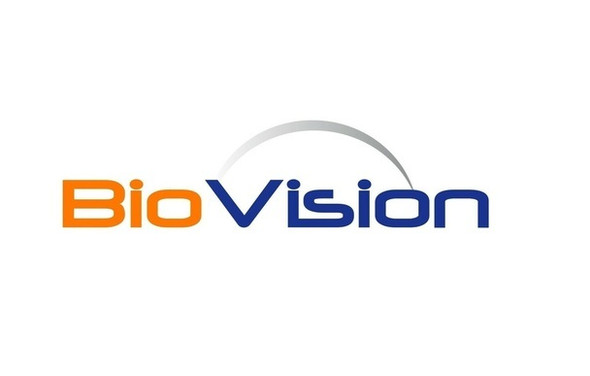Biovision
Human CellExp™ BTLA, Human recombinant
- SKU:
- 26-9228
- Availability:
- Usually Shipped in 5 Working Days
- Storage Temperature:
- -20°C
- Shipping Conditions:
- Gel pack
- Shelf Life:
- 12 months
Description
Biomolecule/Target: CD272
Synonyms: BTLA, CD272
Alternates names: BTLA, CD272
Taglines: B- and T-lymphocyte attenuator
Taglines: USA
Country of Animal Origin: USA
NCBI Gene ID #.: 151888
NCBI Gene Symbol: BTLA
Gene Source: Human
Accession #: NP_001078826.1
Recombinant: Yes
Source: HEK 293 cells
Purity by SDS-PAGE #: ≥92%
Assay: SDS-PAGE
Purity: ≥92%
Assay #2: N/A
Endotoxin Level: < 1 EU/μg
Activity (Specifications/test method): Measured by its binding ability in a functional ELISA
Biological activity: Immobilized Human HVEM, C-Twin at 2 ng/ml (100 µl/well),can bind Human BTLA, Fc Tag with a linear of 0.1-0.5 μg/mL.
Results: N/A
Binding Capacity: Immobilized Human HVEM, C-Twin at 2 ng/ml (100 µl/well),can bind Human BTLA, Fc Tag with a linear of 0.1-0.5 μg/mL.
Unit Definition: N/A
Molecular Weight: This protein is fused with a human IgG1 Fc tag at C-terminus and has a calculated MW of 38.7 kDa. The protein migrates as 45-50 kDa in SDS-PAGE due to glycosylation.
Concentration: N/A
Appearance: Lyophilized
Physical form description: Lyophilized from 0.22 μm filtered solution in PBS, pH 7.4. Normally Mannitol or Trehalose is added as protectants before lyophilization.
Reconstitution Instructions: Reconstitute in sterile PBS, pH 7.4 to a concentration of 50 μg/ml
Background Information: B- and T-lymphocyte attenuator (BTLA) is also known as B- and T-lymphocyte-associated protein, CD antigen CD272. BTLA contains one Ig-like V-type (immunoglobulin-like) domain. As a lymphocyte inhibitory receptor, BTLA / CD272 inhibits lymphocytes during immune response. BTLA / CD272 can interact with tyrosine phosphatases PTPN6/SHP-1 and PTPN11/SHP-2, and interact with TNFRSF14/HVEM.
Amino acid sequence: N/A
Handling: Centrifuge the vial prior to opening.
Usage: For Research Use Only! Not to be used in humans






